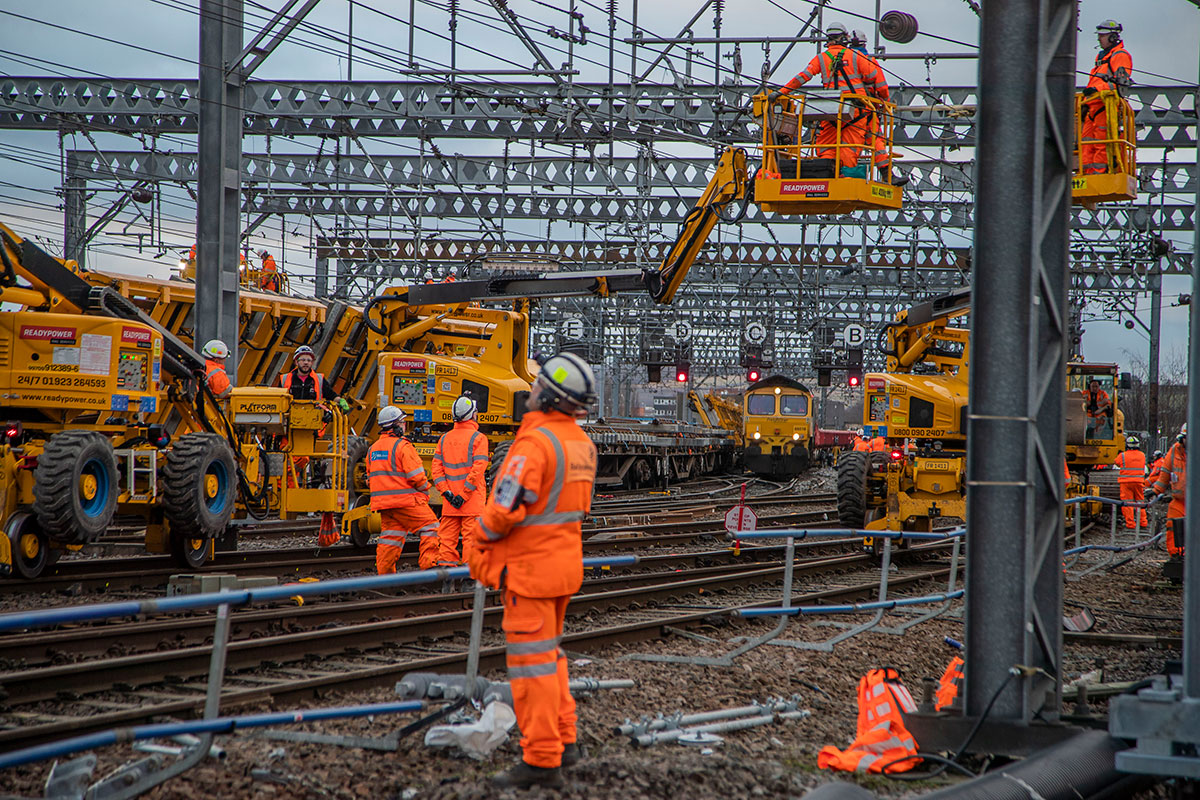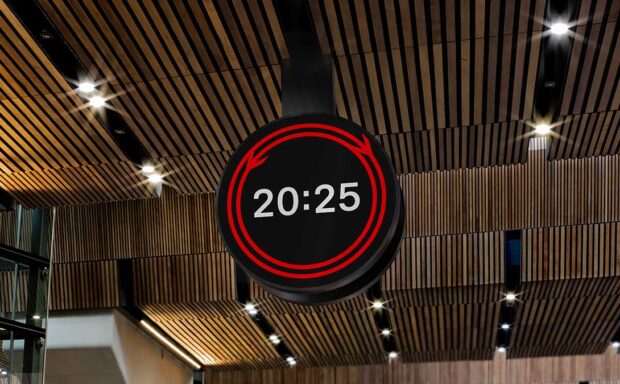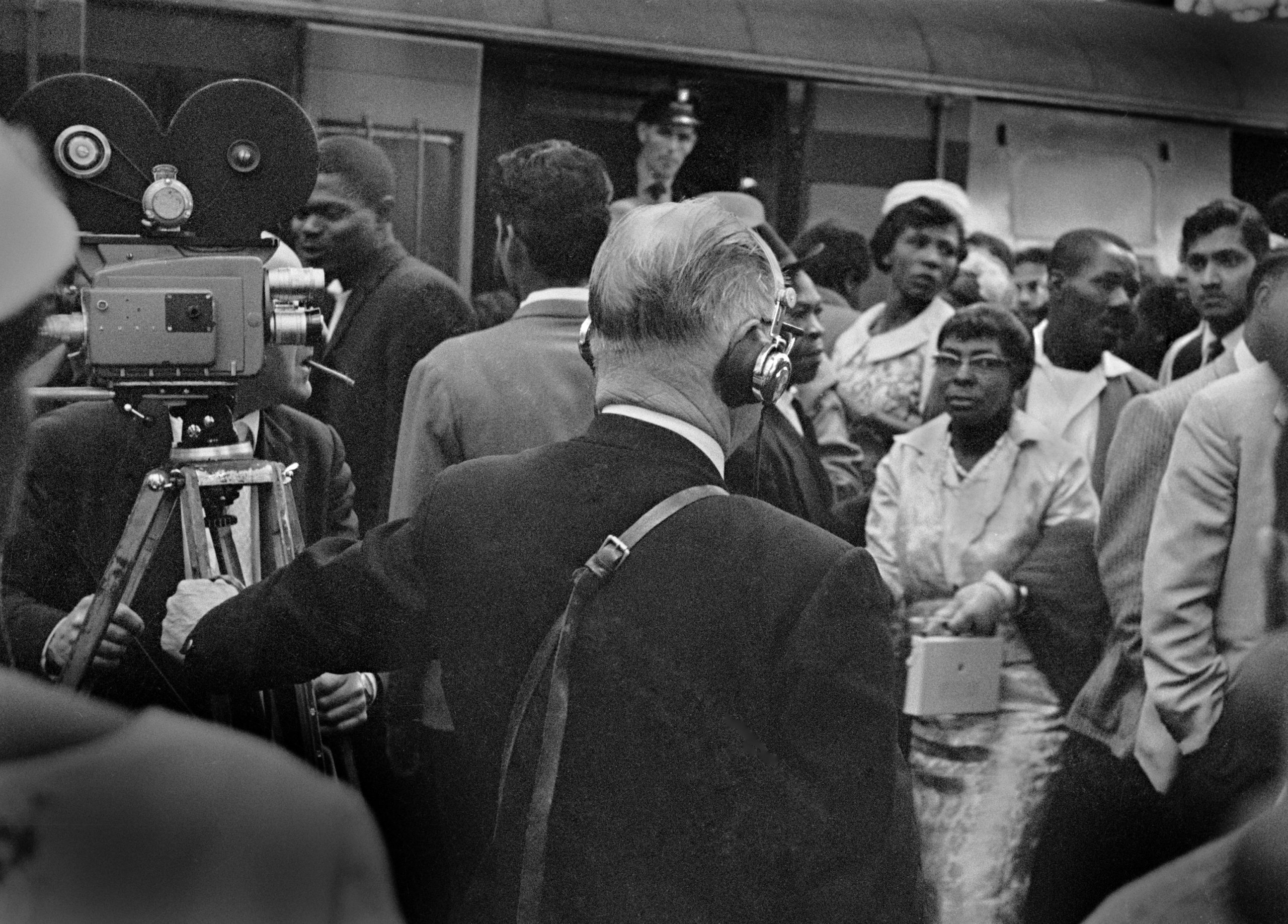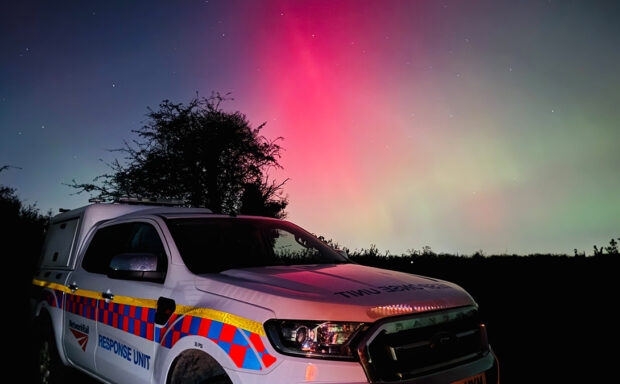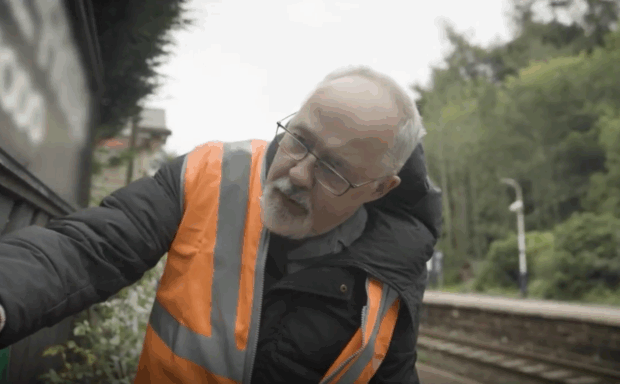Our railway is an economic powerhouse, driving jobs and growth across Britain – and putting us on track for a sustainable net zero future.
We provide tens of thousands of jobs directly and support hundreds of thousands more jobs across Britain through our supply chains.
Supporting small and medium-sized businesses
Every year, we spend £8bn with 4,130 suppliers, 75% of which are small and medium sized, and 99% based in Britain. This investment in people supports hundreds of thousands of jobs. And the connections we provide along with our partners are fuelling the wider economy: the railway enhances Britain’s productive potential by £10.2bn. While the wider supply chain supports 216,000 jobs across Britain.
The pandemic hit us hard but we’ve bounced back. Overall, the number of journeys is at 92% of pre-Covid levels. The latest figures show that your train journeys rose by 16% in the year to 1.6bn by March 2024.
Retail and stations
Our managed stations give more than 600,000 square feet of retail space in major city centres.

Spending in our stations is booming with retail sales of more than £800m a year and more than 700m people visiting every year. The options we give are so popular that we have a retail occupancy rate of 95.5%, compared to an average of 86.2% on the high street.
Supporting freight
We’ll help Great British Railways become an engine for sustainable growth as we reform the railway.
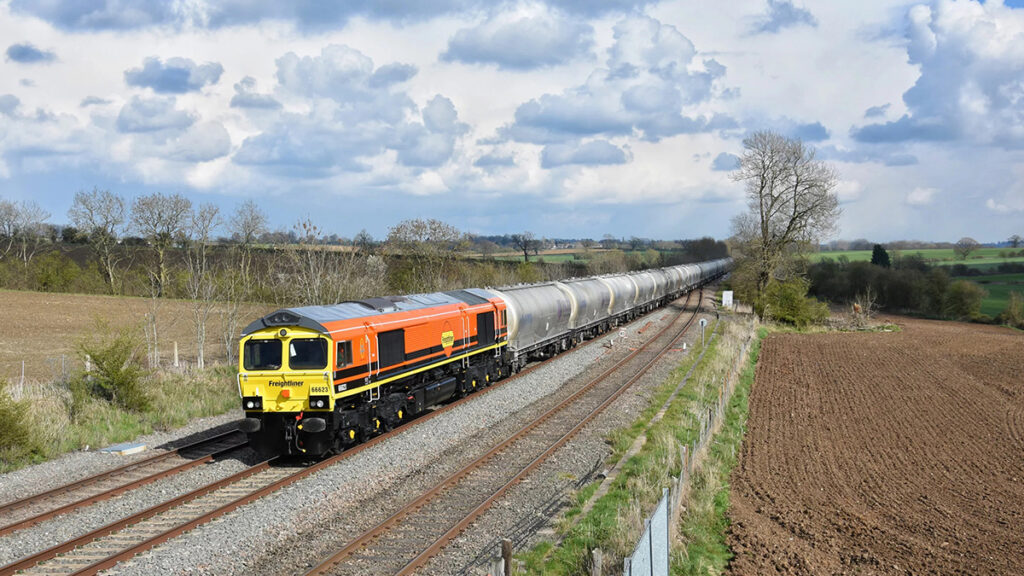
In the year up to 31 March 2024, 69m tonnes of freight – worth up to £25bn – was moved on our railway. We support major British firms like Tesco, Drax, and Tarmac, keeping the economy moving while reducing emissions and congestion. Each freight train removes 76 lorries from the roads.
We’re also being a better partner to our freight customers by driving down freight cancellations. In the year to date, cancellations are 0.4% lower than last year and between 23 June and 20 July 2024 we had lowest number of cancellations for more than three years.
We’re powering regional economies from the Highlands to the south-west, helping get raw materials and products to market, people to work and consumers to the shops and services they need.
Case study: Dawlish
We invested £165m to protect the Dawlish railway route in Devon from rising sea levels and increasingly intense storms.
We built a stronger, longer and taller 800 metre sea wall in this iconic stretch. Our 109-metre rockfall shelter and 19,700 metre2 of netting between Dawlish and Holcombe further protects the railway.
Our improvements give local businesses and communities in the south-west a more reliable and resilient railway.
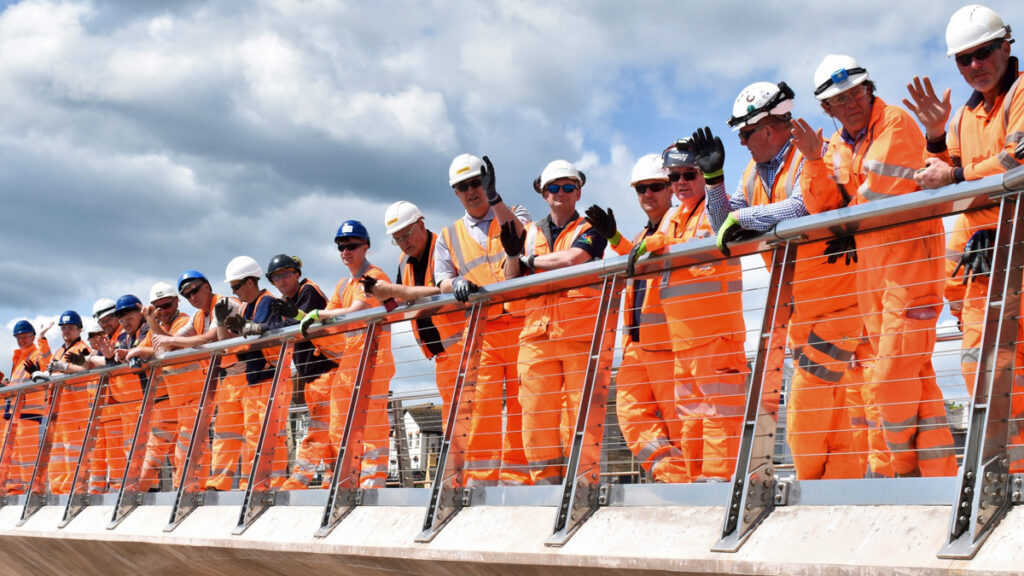
Case study: transforming travel between Manchester, Leeds and York
We’re also in the process of transforming travel between York and Manchester via Leeds and Huddersfield through the Transpennine Route Upgrade. Our multi-billion-pound investment will better connect the north with faster and more frequent services in the north.
We’re renewing and upgrading almost 150 miles of track, eight tunnels, 13 level crossings, 180 bridges and viaducts, and nine stations.
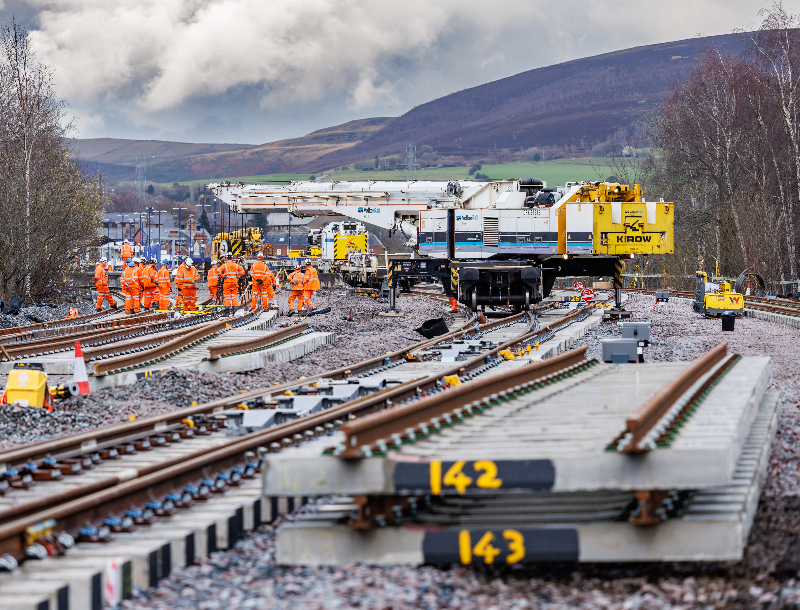
We’re also investing £353m with local businesses and will employ over 600 apprentices on the programme. This will directly boost jobs and spending in these regions.
The scheme will also save 250,000 tonnes of CO2 emissions by 2035. It will enable 15 more freight trains to cross the Pennines each day, removing up to 2,000 lorries from the roads daily.
And we’re on track to finish ahead of schedule and under budget.
